
Welcome to TIME LightBox Follow Friday, a new series where our photo editors highlight the most interesting work being done by photographers on Instagram. For the first in the series we’re looking at striking blended images by Ed Kashi and Laura El-Tantawy. These photos are made in locations as far apart as Dubai, New York and Cairo.
This work has its roots in the @echosight project spearheaded by Danny Ghitis and Daniella Zalcman. Ghitis and Zalcman make photographs in different locations, blend the results using an app called Image Blender, and put them online. Early this year the two approached Kashi and El-Tantawy, asking them to contribute to the Instagram account for a week. Kashi is El-Tantawy’s mentor on the VII Mentor Program, and the images that emerged from their collaboration are as beautiful as they are unusual.
On March 21, 2014, LightBox hosted a Skype conversation between Kashi and El-Tantawy to get some insight into this emerging social media-based project.
LightBox: Let’s start with the idea of collaboration. How do you work together?
Ed Kashi: When echosight first contacted me, they were like “why don’t you do this for a week?” My first reaction was “not another one of these requests for me to use my time, my imagery, my energy.” So I said we’ll do it for a couple of days and then after a few days, we were like “this is really interesting.” I’m always interested in trying new things, and this falls into a pattern of my practice. It’s really exciting to be doing this with Laura. What’s interesting about the collaborative process is that Laura’s work is almost ethereal where I am so much reality-based and wanting to have definitive symbols and information.
Laura El-Tantawy: I was less reluctant than Ed, probably because I have experimented with image blends before. I think I was going through quite a reflective stage in my life and it was around new year’s. It was a whole combination of image and text for me and that was quite important. I was excited by the idea, and I knew there wouldn’t be any money involved. But I think maybe Ed was less excited probably from a business standpoint, which I completely respect and appreciate. I feel like the final result is kind of an image that I could take anyways, if not with the lens. I could take these with double exposures or something, which I am playing around with as well. So it’s kind of an extension of that.
EK: That’s right, I forgot that you started doing double exposures in your own work months ago. It was like last year when you started to send me work to look at. What was interesting in the process was how — and this is what I love about collaborations of all kinds actually — is that the way we push or pull each other. The way we stretch one another. I blended one of my Syrian refugee pictures and you [Laura] were almost, not offended, but I could tell that you didn’t think an image of such serious subject matter was appropriate for this. But then when you did something with it, with that eye, you made an incredible final image.
Kashi and El-Tantawy’s blend of the Statue of Liberty in 2007 and an image from Dubai.
LightBox: Do you feel that the meaning of the images has changed through blending them?
LET: Well I think that’s a hard one because for me I derive very personal meanings from the images. It’s kind of like my work, it’s personal and I don’t even know if anybody is going to care about the final image. I think what’s quite interesting for me is the reaction of people on Instagram to the images. I didn’t think anybody would care about the content, maybe aesthetically, yes, people would find them pleasing, but to actually care about the images beyond that is really good. And again I reference the image of the Syrian refugee and the eye kind of showed that. If I have to admit that before I blended that image, before Ed had sent me that image, I was mostly thinking in terms of aesthetics and form, texture, creating something beautiful. I wasn’t thinking about creating something meaningful. So I think after that image I tried to combine the meaningful with the aesthetically beautiful to make a more powerful story-telling image.
LightBox: You mentioned the reactions you’re getting on Instagram. I’d be interested to hear what those reactions are; are they all positive, are some people concerned about it?
EK: So far I’ve only seen positive reactions, or maybe those are the only ones I’ve chosen to read. There are a few photographers that actually emailed me, not just in Instagram, they said “hey, this is so cool.” A couple of photographers have said “hey, can I do this with you?” For me, I think that’s one of the exciting and valuable things about what Instagram, and all social media, does. One of the things that’s also been interesting with working with Laura is the that I’ve wanted to try to tell stories with this, in keeping with what my work is about, so when she would send me images I would always be looking for a counterpoint.
LET: I think that generally the feedback has been positive. I’ve noticed only one comment today under Ed’s picture asking for a proper caption. So maybe people do need some context. That’s the only comment I saw that was like that. I’ve had people posting on Facebook that they really like the idea of the collaboration and the mix of the images. I think it’s the idea of the collaboration also that’s really sort of inspiring people. Also the fact that we are in different places and doing this.
EK: What I would love is to take this to another level where it was even more deliberate. Where two people were both deliberately creating imagery for the purpose of blending. We’ve done a little original photography for this experiment, but a lot of what I’ve been doing is going through my archives. Pretty much everything I’ve used are iPhone or mobile-generated images. But I think it would be fascinating to do this in an even more deliberate way.
LET: I actually think that’s probably the next step. Somebody will get an assignment to do something like that, to go out and produce these images. I think that would be really interesting because it’s almost like double exposures, but with two minds doing the double exposure.
LightBox: I’m really interested in the fact that it’s a collaboration but you’re collaborating on one single image together, especially from a photojournalistic standpoint. Most photojournalists don’t get the opportunity to collaborate.
EK: This is very stimulating, whether it’s purely a visual exercise where I’m riffing of Laura’s images and thinking about them as I’m going through my day. I think it would be so interesting to send two photographers to maybe the same place or somewhere they could pursue similar narrative lines either in contrast to each other or some other dynamic between them and then see what blended images you could come up with.
LET: I’ve actually also been going through my archive and sending images because I take a ton of pictures on my iPhone, almost obsessively and a lot of them go unused. So this is actually also a really good way to look at these images in a different way. It’s not necessarily about reviving images that you’ve never used, but just giving them a different meaning. So this has been a great way to do that with Ed, to share these images that I have that otherwise I probably wouldn’t be able to show because I’ve posted them in a different context or posted a different version of that image.
Kashi and El-Tantawy’s blend from New York City and Egypt.
LightBox: I’m also interested in the VII Mentor Program. I know you, Ed, have been Laura’s mentor for a little while now. How has this collaboration and Instagram changed your dynamic?
LET: I think the main difference is that we’re working together whereas normally I’m working and Ed is looking at my work, trying to help me think about it in many contexts. My problem is that I’m kind of all over the place and Ed has been helping me to think about my work and stay focused. My work is very impressionistic so Ed helps me give it more footing or have it work in a different dimension. I don’t think this has changed my relationship with Ed because he’s always been the person that he’s been, he’s always been very easily accessible and very friendly. I think the main thing for me is that we’re actually working together rather than me showing him work and saying “hey man what do you think?” and he says “it’s crap go out and shoot it again.”
LightBox: We’ve been talking a lot at TIME about Instagram with regards the news, and how it, in a sense, has changed photography. Do you have anything to say about how your collaborative images can take Instagram in a new direction?
EK: The question even reflects the sort of hyper-moment that we’re in, as if Instagram alone wasn’t enough to change photography. As it is, Instagram represents a cutting-edge tool and what is remarkable about it is that it involves everyone, not just professional photographers. Anyone can now use the language of photography in a way that is meaningful, at the very least, to them. I was one of the five photographers that TIME put on for [Hurricane] Sandy and that was such an incredible experience. Even just earlier this week I was at Amsterdam as one of the judges for World Press and I showed some of that work. I’m constantly talking about what a revolutionary and evolutionary move that was and I wish that TIME and others would do that more.
LET: Ed pretty much said it all, we see this as a continuing process that is evolving. There is a lot to move forward with in our case doing image blends. I’ve seen people experimenting with video too. There will be people who will be standoffish and say this is Instagram, they will look down upon it and see it as a gimmick. I completely embrace it and I’m excited to see how it evolves, and where it will go next.
Ed Kashi is a member of VII Photo and a founder of Talking Eyes Media. He has published seven books. See his Instagram account with 29k followers here.
Laura El-Tantawy is an Egyptian photojournalist based in London. See her Instagram account with 14k followers here.
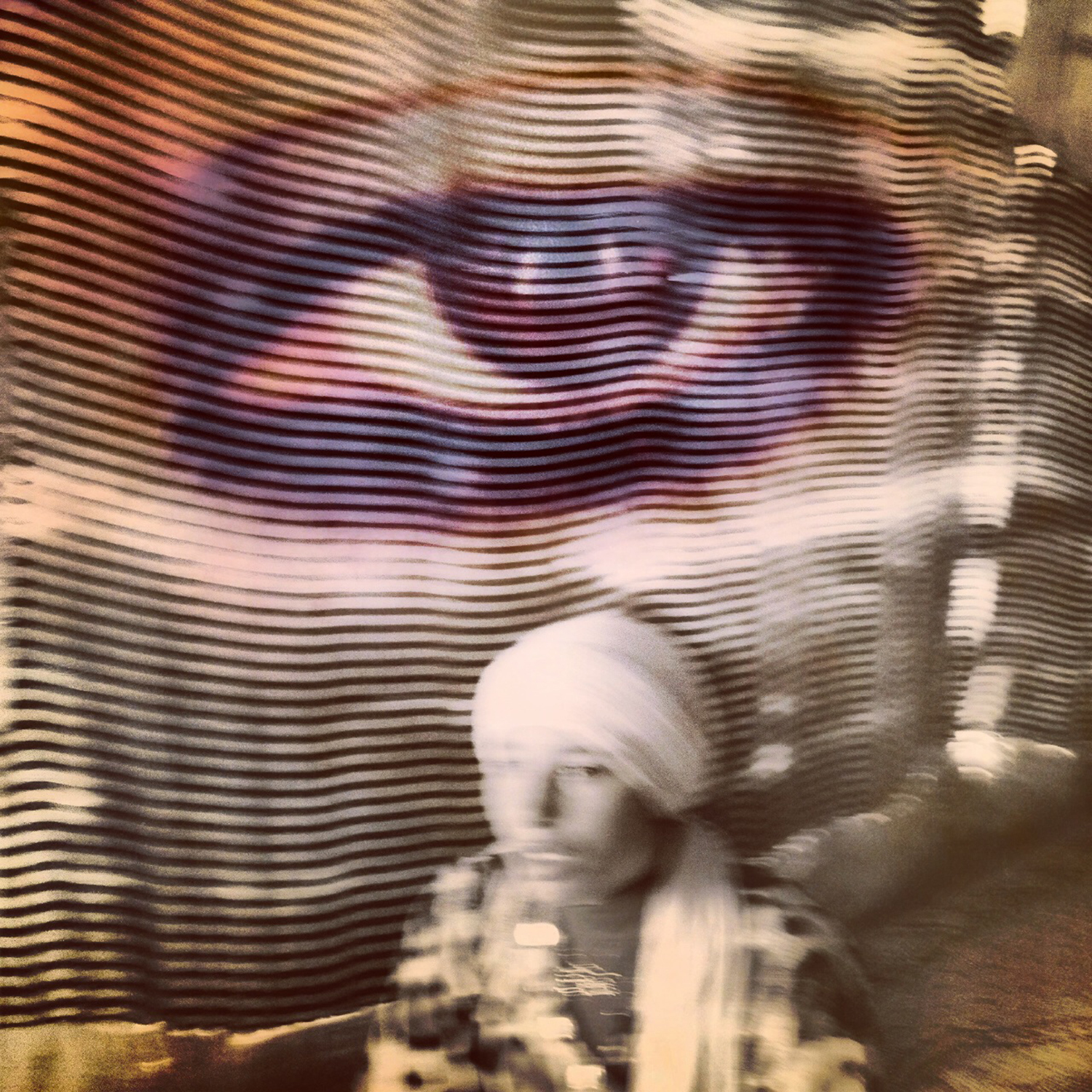
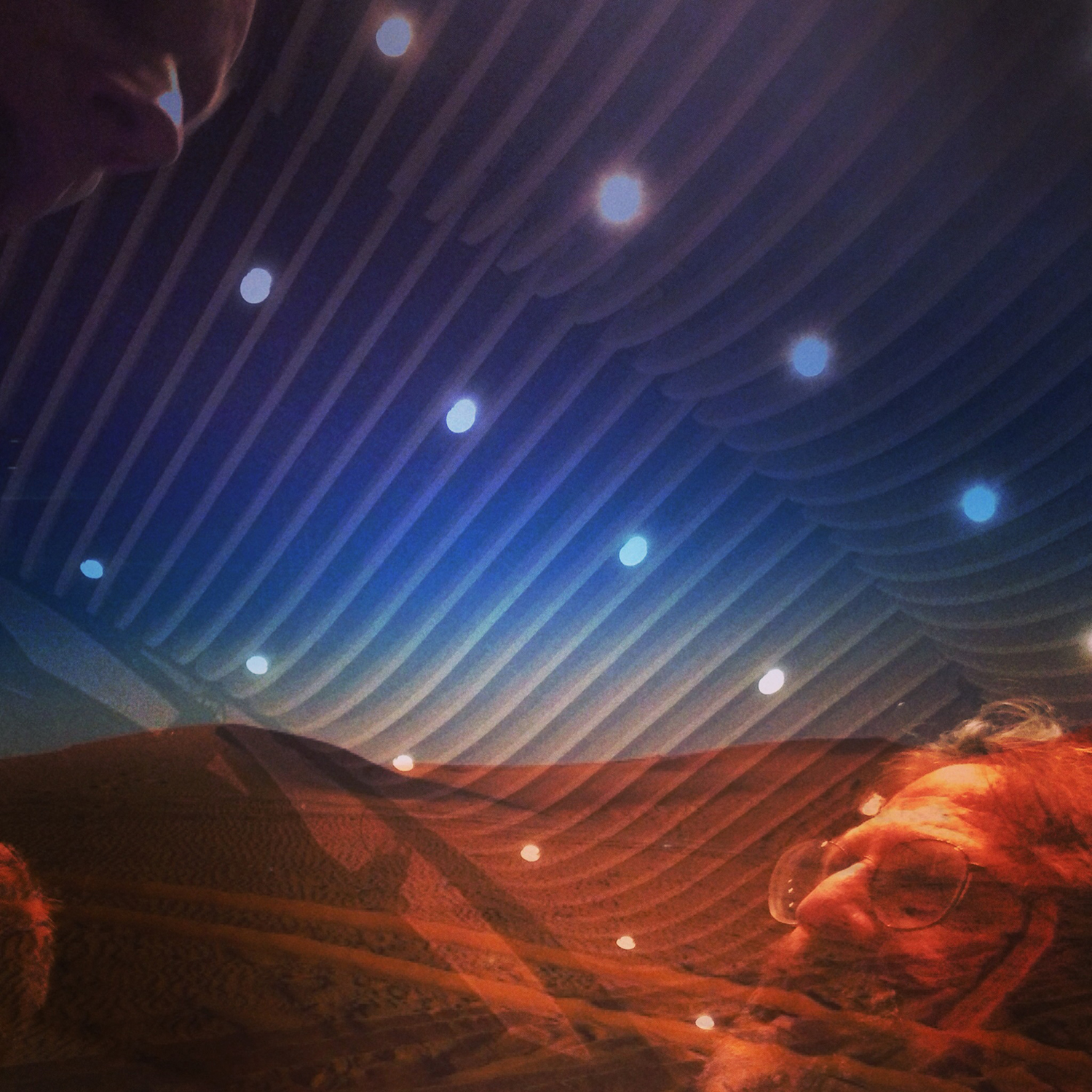
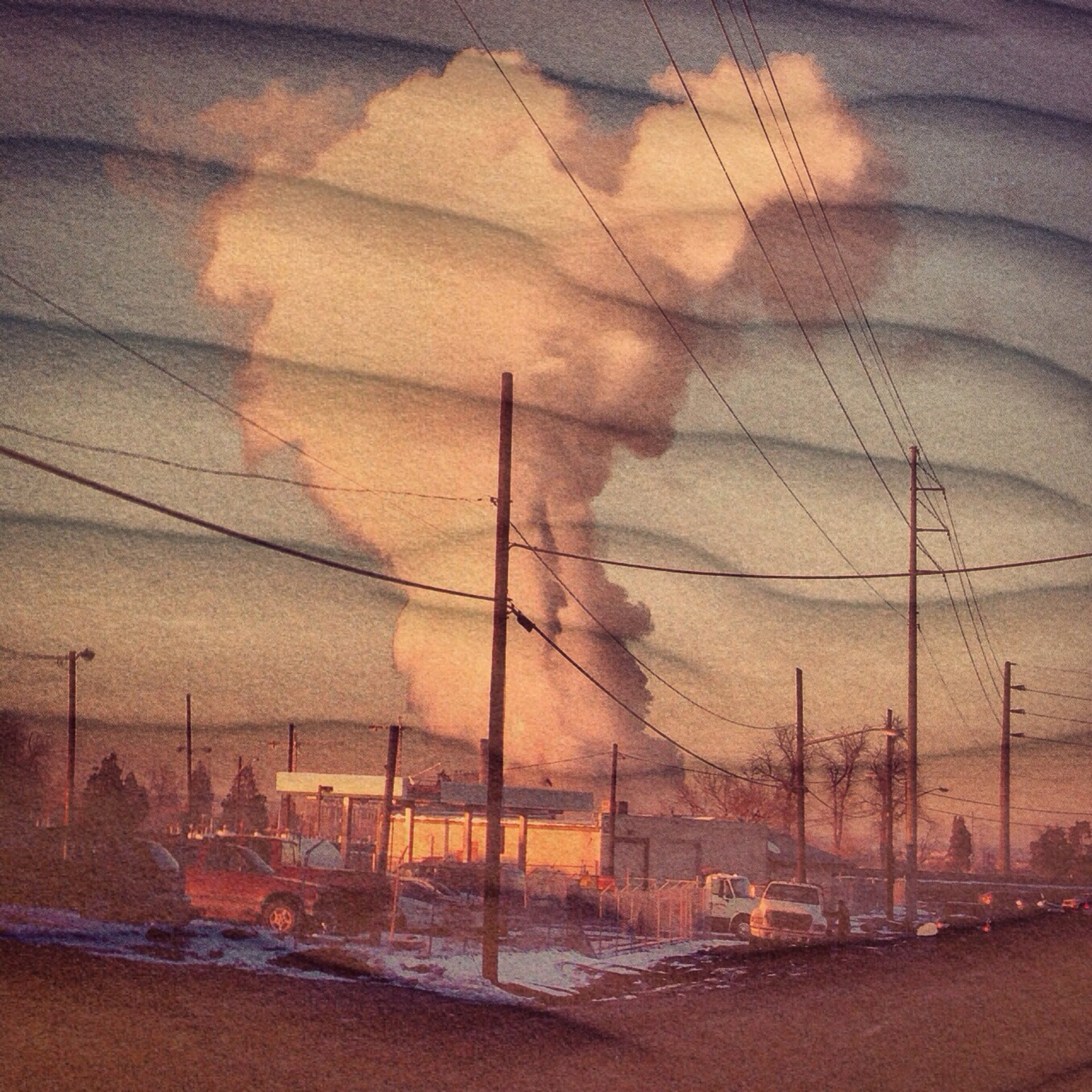


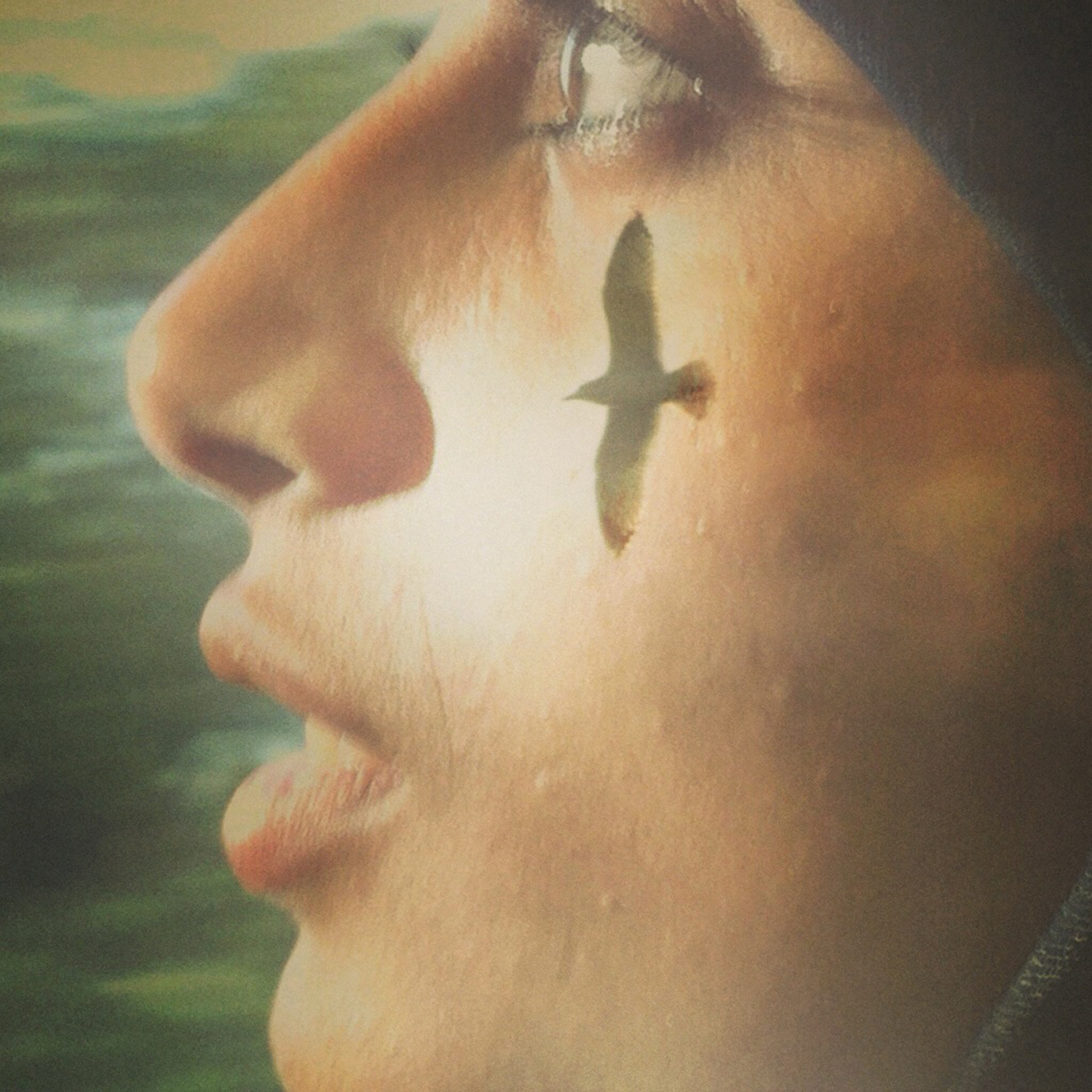
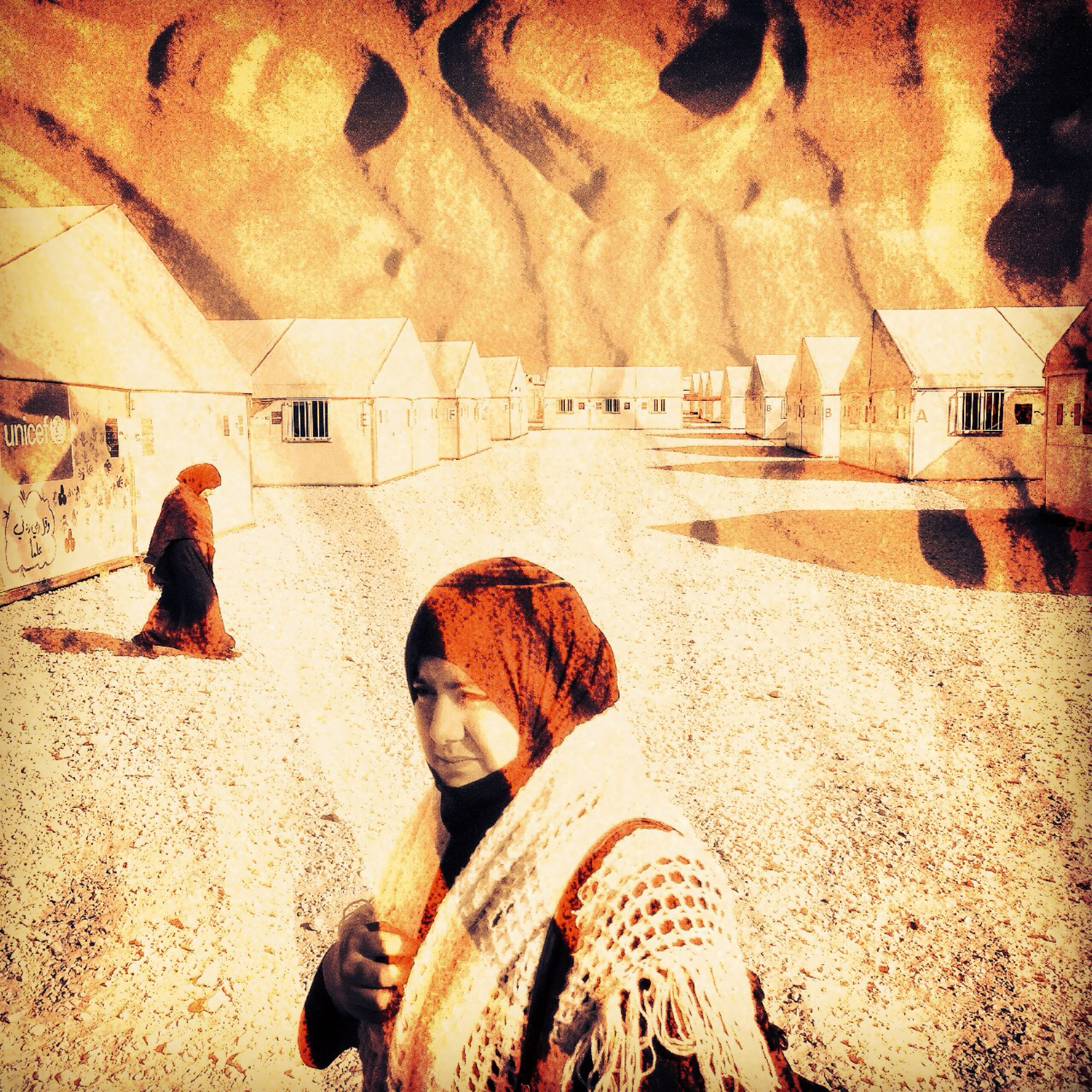
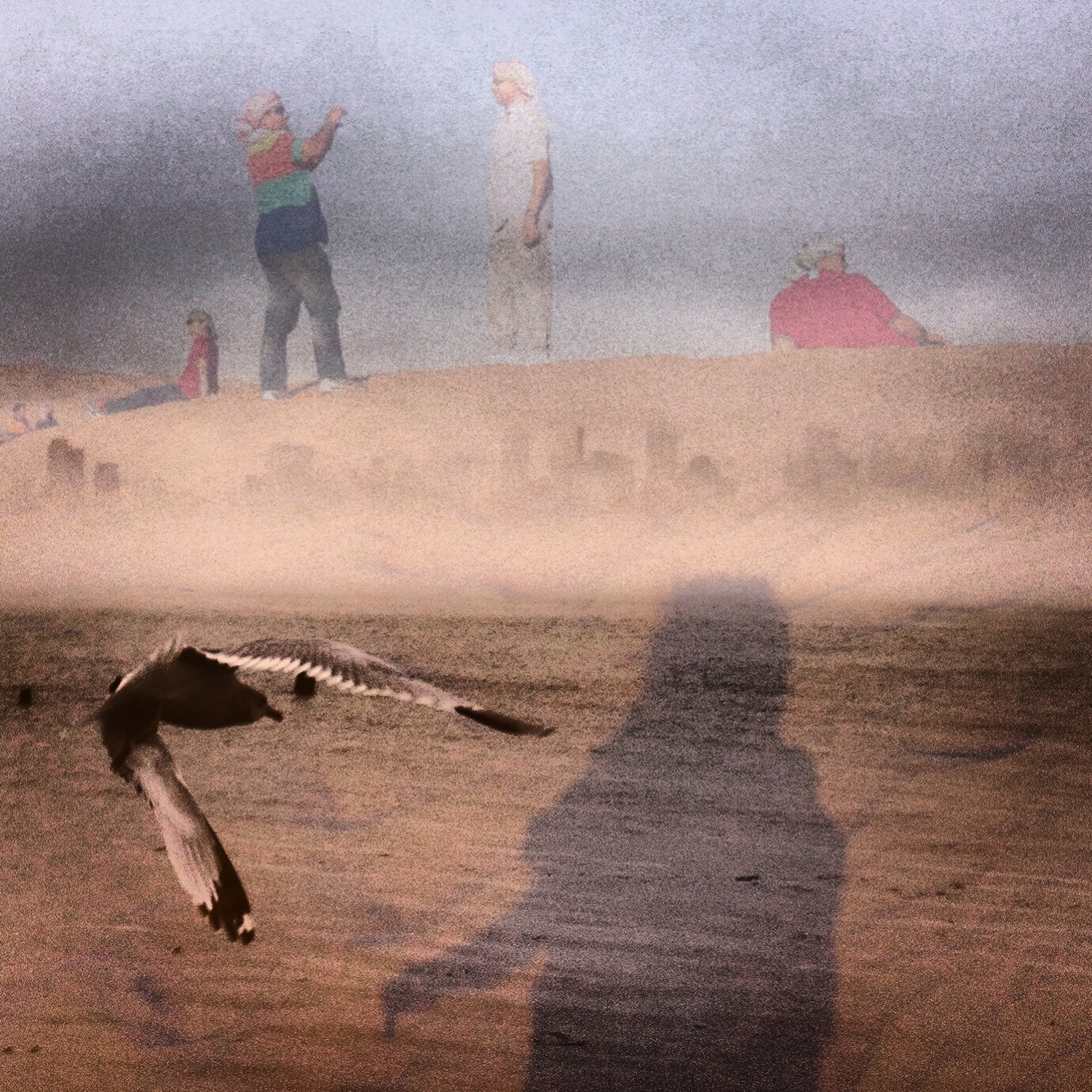

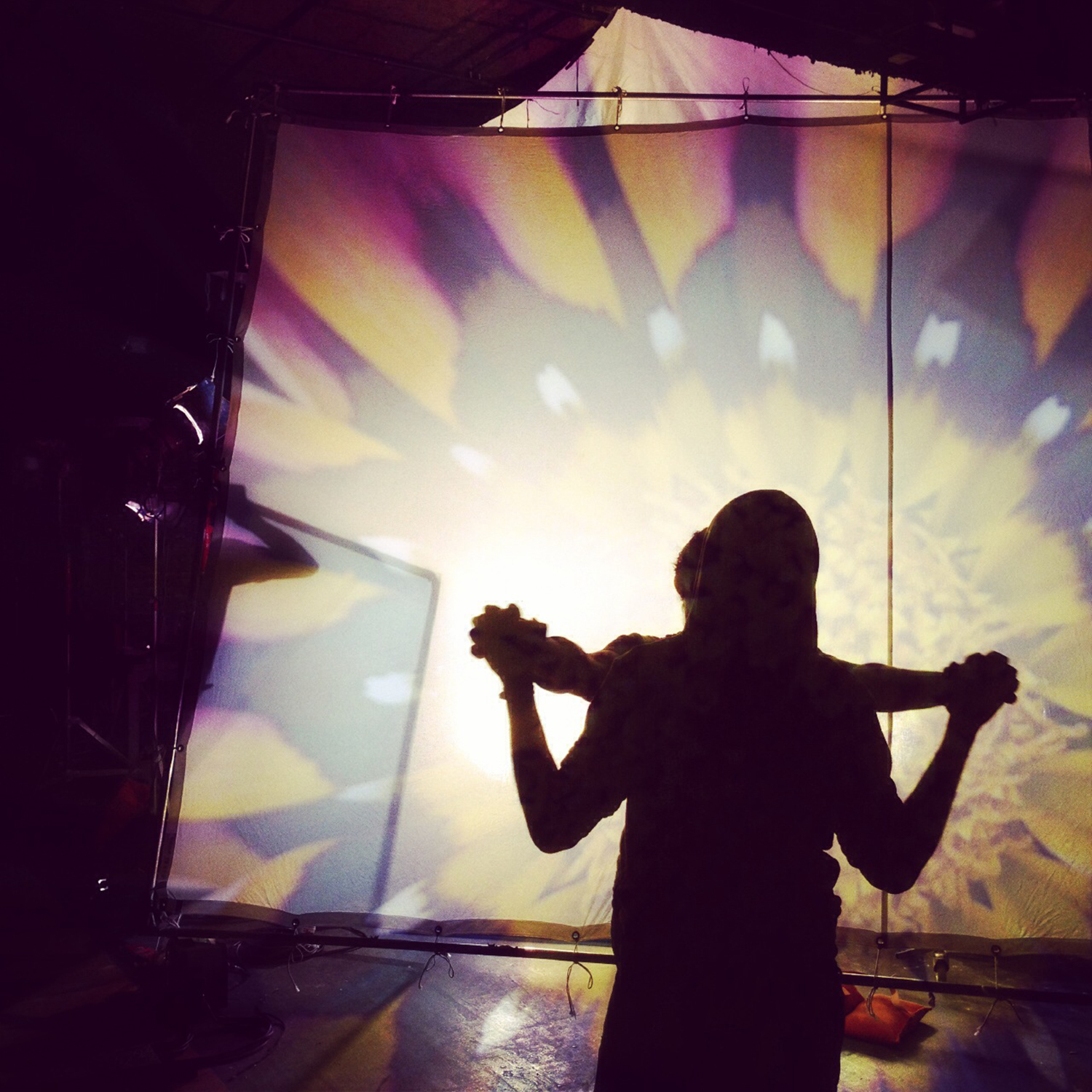
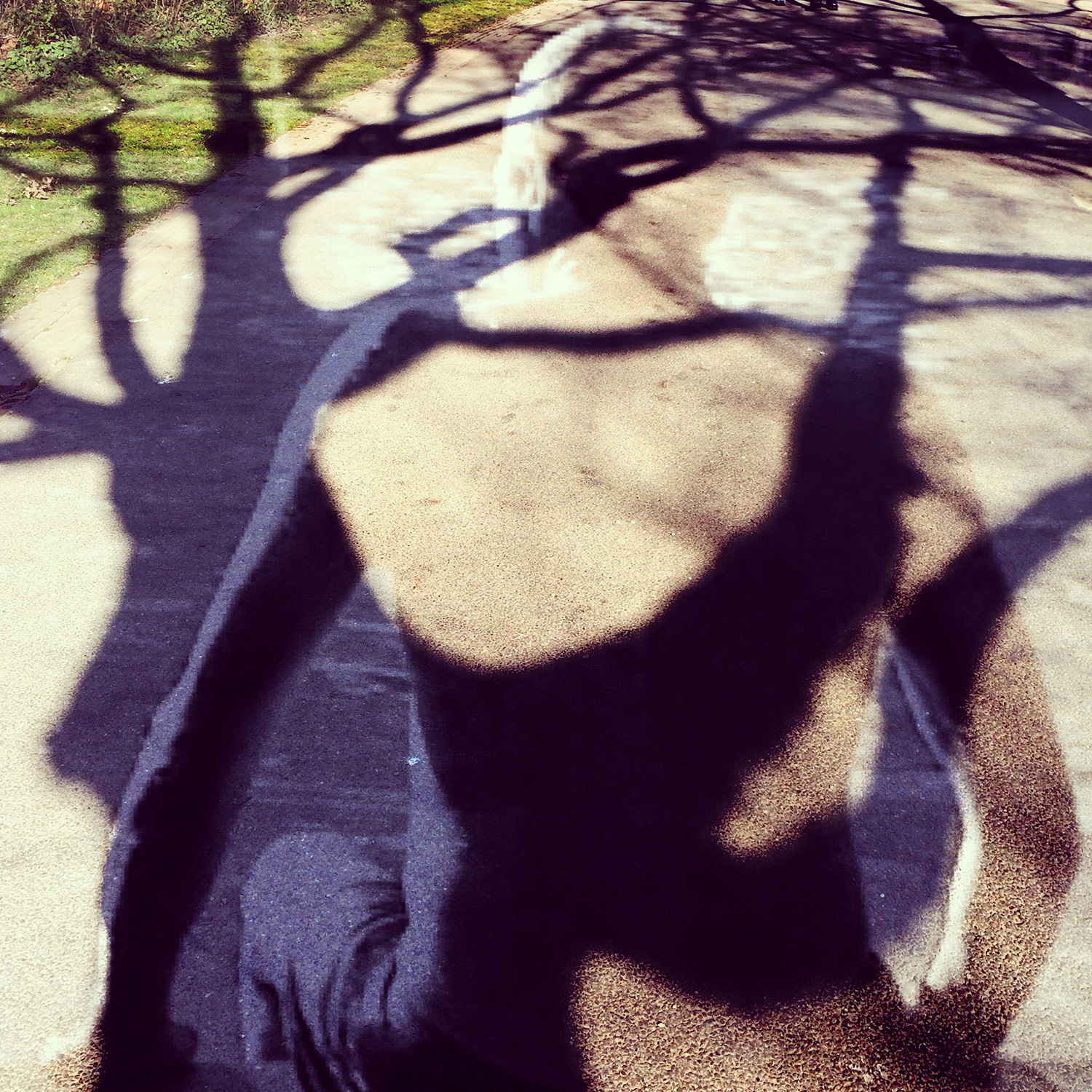



More Must-Reads from TIME
- Why Trump’s Message Worked on Latino Men
- What Trump’s Win Could Mean for Housing
- The 100 Must-Read Books of 2024
- Sleep Doctors Share the 1 Tip That’s Changed Their Lives
- Column: Let’s Bring Back Romance
- What It’s Like to Have Long COVID As a Kid
- FX’s Say Nothing Is the Must-Watch Political Thriller of 2024
- Merle Bombardieri Is Helping People Make the Baby Decision
Contact us at letters@time.com